Asthma Cooperative Agreement Partner Profile – Kentucky
The Kentucky Asthma Management Program (KAMP) has been part of CDC’s National Asthma Control Program since 2000. They work alongside partners to improve the quality of asthma care, improve asthma management in schools, and foster policies to help reduce exposure to asthma triggers in outdoor, indoor, and workplace environments.
Strategies in Action
- During the 2021–2022 school year, there were 39,213 students diagnosed with asthma, making it the most common chronic health condition in Kentucky schools. In 2021, KAMP worked with partners, including the Kentucky Asthma Partnership and the Kentucky Department of Education, to develop school stock albuterol policies and regulations for roll-out across the state. The resulting state law went into effect June 29, 2021, amending the Kentucky Regulatory Statutes to allow students with asthma symptoms or respiratory distress to have access to a bronchodilator rescue inhaler in school. This law encourages Kentucky schools to have bronchodilator rescue inhalers available in at least two on-site locations and requires schools with inhalers to have policies for their use in place. The Kentucky Clinical Protocol for Bronchodilator Rescue Inhaler in the School Setting resource is available online and was distributed to public schools throughout the state as part of an asthma kit mailed by KAMP to all public schools.
- KAMP and partners conducted training for school nurses on the new stock albuterol policy. Feedback from evaluation surveys for the 2021 Kentucky Asthma Partnership Summit Series presentation, “School Stock Albuterol Policy” and the 2022 Kentucky Asthma Partnership Asthma Symposium presentation, “Caring for Students with Asthma in School,” along with the protocol development and distribution, showed a 97% increase in improved school nurse knowledge of asthma care changes, medications, and administration.
- The Kentucky Environmental Public Health Tracking (EPHT) Program has provided KAMP with continued support. KAMP has worked collaboratively with the EPHT Program to provide data and plan the annual Children’s Environmental Health Summit. The 7th annual Children’s Environmental Health Summit was held October 13, 2022. Over 100 attendees had the opportunity to receive education credit and learn from leaders across public health on a variety of environmental topics impacting Kentucky children, including radon, per- and polyfluorinated substances, secondhand smoke, transportation and health equity, and the effects of natural disasters on children.
- In 2021 and 2022, KAMP conducted Healthy Homes trainings in collaboration with partners, using a home characteristics and asthma triggers checklist and module originally developed by CDC, HUD, and EPA, and modified by KAMP. Between 2021 and 2022, 100 community health workers (CHWs) attended the trainings, and, after an independent evaluation, 98% reported increased confidence in improving their clients’ quality of life. Training pre- and post-test data and evaluation surveys showed that CHWs improved their skills in teaching clients how to identify asthma triggers in their homes and how to reduce or eliminate items that contribute to asthma exacerbations. CHWs reported through evaluation surveys that, because of the checklist and training, their clients reduced the severity of allergies, reduced emergency department visits, and were able to participate in more physical activities.

Asthma by the numbers:
395,633 Adults with asthma
64,336 Children with asthma
In 2020, a total of 395,633 Kentucky adults (11.5% of the adult population) and 64,336 Kentucky children ages 0–17 years (6.8%) had asthma.
10,228 ER visits
1,150 Hospitalizations
In 2021, Kentucky reported 10,228 emergency department (ED) visits and 1,150 hospitalizations due to asthma.
National Asthma Control Program: EXHALE
E
on asthma self-management
X
smoking and exposure to secondhand smoke
H
visits for trigger reduction and asthma self-management education
A
of guidelines-based medical management
L
and coordination of care across settings
E
policies or best practices to reduce asthma triggers from indoor, outdoor, or occupational sources
CDC’s National Asthma Control Program (NACP) and its partners help people with asthma achieve better health and improved quality of life. NACP developed EXHALE, a set of six public health strategies that each contribute to better asthma control.
Each EXHALE strategy has been proven to reduce asthma related hospitalizations, emergency department visits, and healthcare costs. Using the EXHALE strategies together in a community can have the greatest impact.


